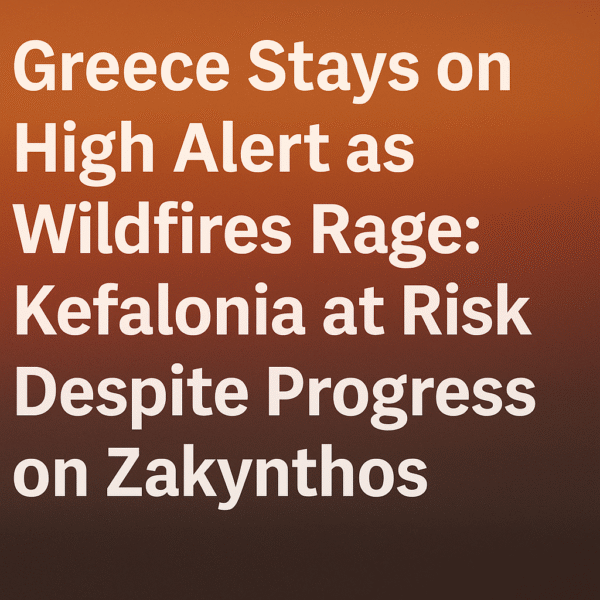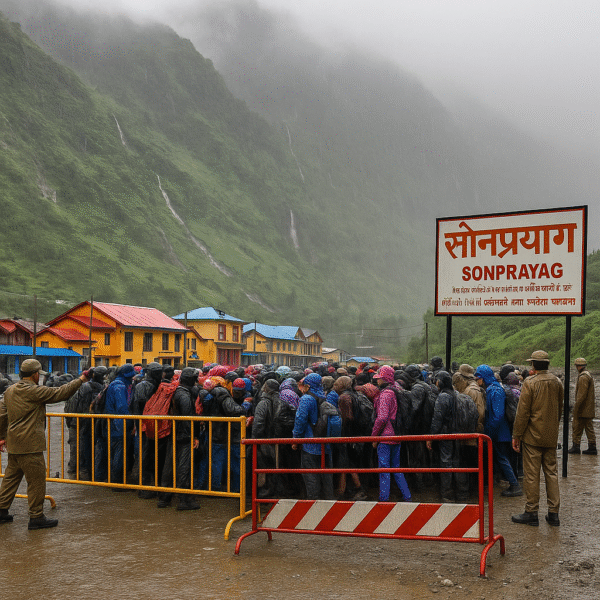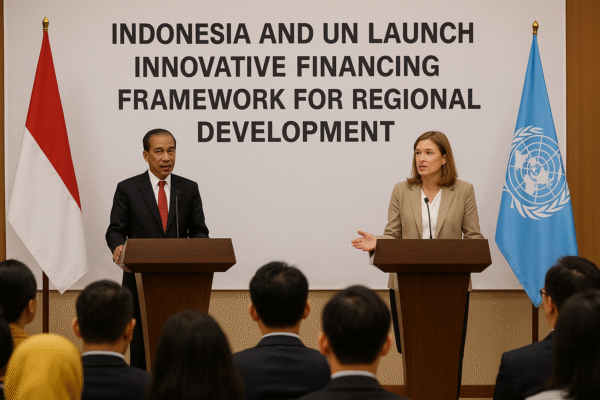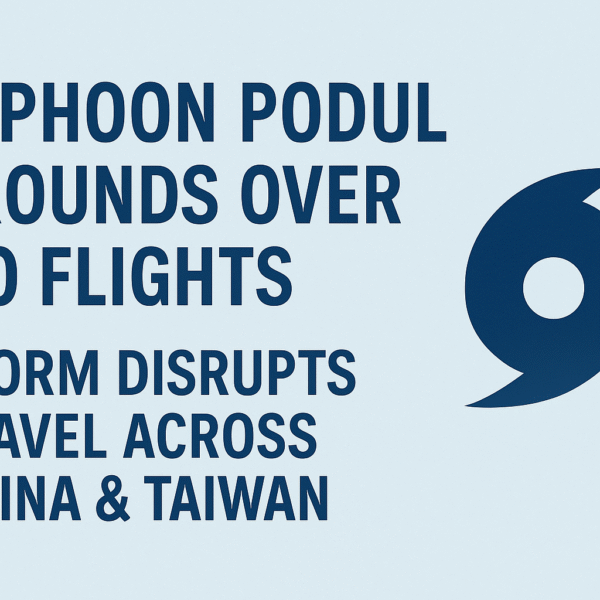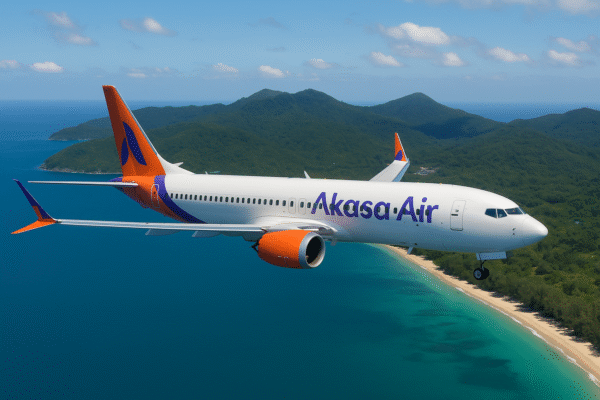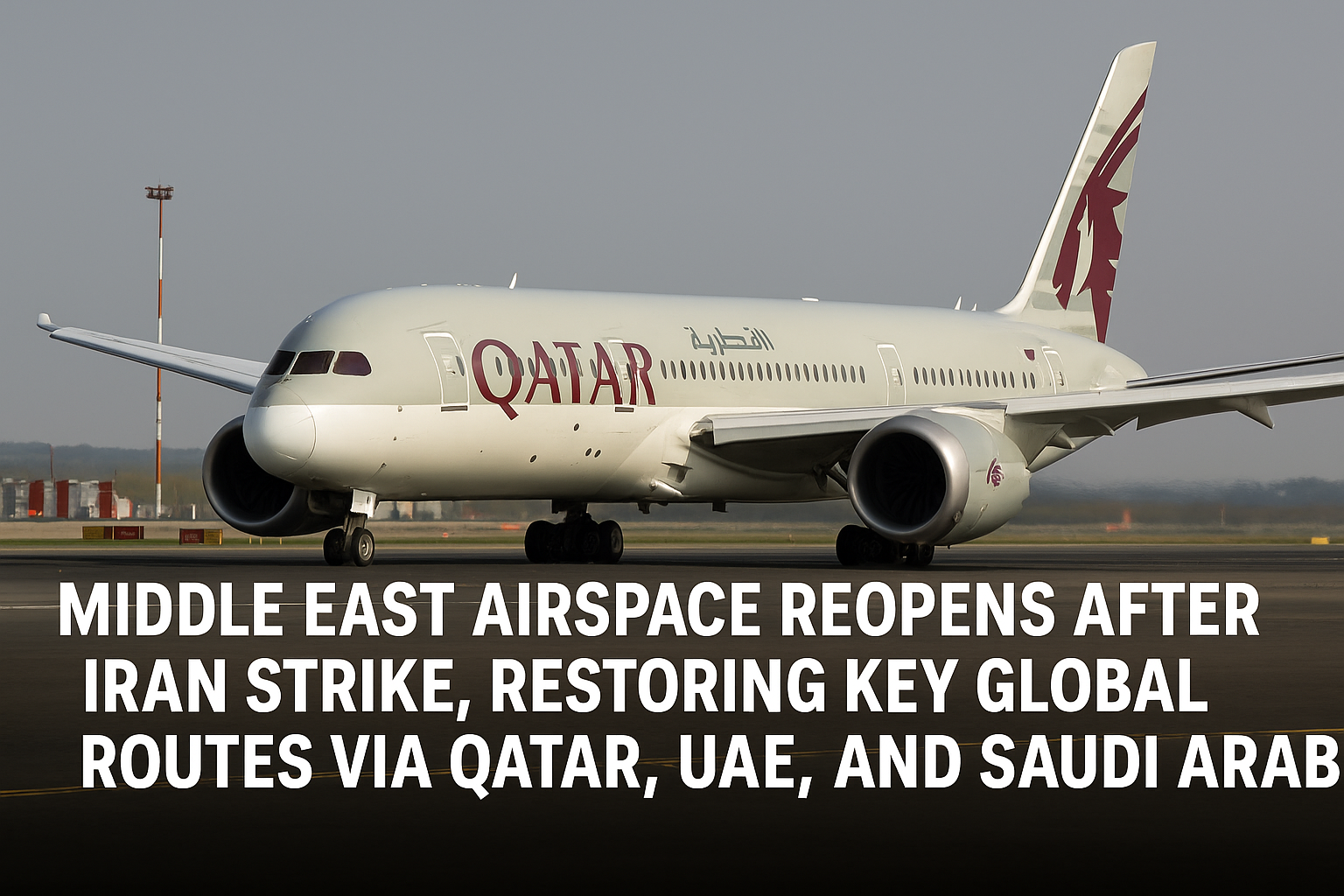✈️ Middle East Airspace Reopens, Marking a Triumphant Return to Global Travel Connectivity
In a welcome development for international travelers and the aviation industry, airspace over the Middle East has fully reopened following a brief period of tension-driven disruption. After a temporary closure due to a missile incident involving Iran and the Al Udeid Air Base in Qatar, air travel has resumed at full strength, reaffirming the resilience and reliability of global aviation networks.
From Thursday onward, key hubs in Qatar, the United Arab Emirates, and Saudi Arabia resumed seamless operations, allowing flights between Europe, the United States, and South Asia to return to their regular schedules. For millions of global travelers, this reopening signifies not just restored routes—but renewed confidence in the strength of international aviation.
🛫 A Short Disruption Met with Swift Recovery
The recent airspace closure, which briefly impacted the flow of flights through Gulf corridors, has now become a testament to how quickly the global aviation community can adapt and bounce back. Carriers such as Qatar Airways, Emirates, and Etihad faced short-term challenges as routes were adjusted, but thanks to swift international coordination, passengers are now enjoying fully restored connectivity.
Flights from Kolkata to Doha, a critical route for Indian travelers headed to Europe and the U.S., experienced some delays but never stopped completely. While onward journeys during the disruption did encounter cancellations, airlines maintained direct regional services, minimizing inconvenience.
🌍 Kolkata Travelers See Stability Return
Kolkata, one of India’s busiest air transit cities, experienced immediate relief with the restoration of regular schedules. Airlines operating from the city reported a strong return of passengers, particularly those who rely on Gulf hubs for onward travel to Western destinations.
Though around 25–30% of travelers experienced temporary changes in their plans during the disruption, the quick recovery helped ensure minimal long-term impact. According to travel operators in the region, nearly 500 passengers daily from Kolkata alone depend on Gulf-based airlines, and those numbers are now back to normal.
✈️ Rebooking Surge Reflects Growing Traveler Confidence
The moment airspace reopened, airlines witnessed a surge in passenger rebookings. Business travelers, students, and families who had postponed their trips quickly returned to booking platforms, eager to resume long-anticipated journeys.
Anil Punjabi, national executive committee member of the Travel Agents Federation of India, confirmed that the return of flight reliability has sparked a renewed wave of travel. “Confidence has bounced back quickly. Travelers know the industry is prepared and responsive, and that has made all the difference,” he stated.
🌐 Positive Outlook for Tourism and International Engagement
The reopening couldn’t have come at a better time. With the summer travel season underway and booking windows for winter vacations and business travel already open, the swift resolution ensured the tourism industry avoided major disruptions.
Debjit Dutta, chairman of the Indian Association of Tour Operators in Kolkata, emphasized the fortunate timing. “This period is crucial for inbound bookings from Europe and the U.S., which typically peak between September and February. Had the disruption lasted longer, it could have impacted tourism revenues. Thankfully, we’ve avoided that scenario.”
For tour operators and travel agents, the quick return to normalcy offers a golden opportunity to focus on growth, innovation, and enhancing traveler experiences.
🛡️ Lessons in Preparedness Lead to Stronger Systems
While the geopolitical flashpoint that triggered the airspace closure served as a reminder of the unpredictability of global affairs, the aviation sector’s quick response demonstrated its maturity and preparedness. Airlines rerouted traffic safely, communicated promptly with passengers, and resumed operations as soon as clearance was granted.
This experience has reinforced the importance of flexible flight planning, robust crisis response strategies, and transparent customer communication. Travelers now know that even in times of uncertainty, international aviation remains committed to their safety and comfort.
🌟 A Renewed Chapter for Global Travel
As airlines gear up for the busy travel months ahead, the restored Middle East air corridors promise improved reliability and stronger global connectivity. Gulf aviation hubs—Doha, Dubai, and Abu Dhabi—remain essential bridges between continents and are once again thriving with activity.
From Kolkata to California, from Berlin to Bahrain, travelers can now journey with renewed confidence, assured by the speed and efficiency with which the aviation sector has restored vital links. The temporary disruption has, in many ways, affirmed the robustness of modern air travel.
✅ Conclusion: A Hopeful Future for Aviation and Tourism
The Middle East’s successful reopening of airspace following a brief interruption not only restores critical global routes but also underscores the aviation sector’s agility and resilience. Passengers, airlines, and the tourism ecosystem are now moving forward stronger and more united, with a deeper appreciation for global cooperation and operational excellence.
In a world that depends on seamless connectivity, the message is clear: skies may close, but they open just as swiftly—with even greater clarity and optimism.




